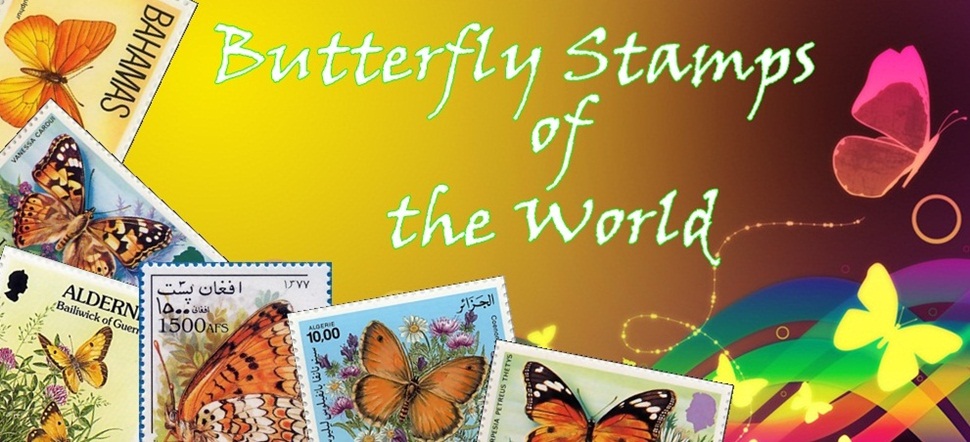
The “Butterflies – III” issue, again designed by Stefan Erne, depicts two more harbingers of spring, the Orange Tip and the Peacock.
The stamps have been issued by Liechtenstein Post on June 6, 2011.

The “Peacock”, Inachis io (face value CHF 2.20) from the Nymphalidae family was the “Butterfly of the Year 2009”. The Peacock can be found in woods, fields, meadows, pastures, parks, and gardens, and from lowlands up to 2,500 metres elevation. It is a relatively common butterfly seen in many European parks and gardens.
Because of global warming this butterfly now regularly forms a second generation in the late summer, it has been chosen to draw attention to the consequences of climate change. The Peacock butterfly is resident in much of its range, often wintering in buildings or trees. It therefore often appears quite early in spring.
The conspicuous black, blue and yellow eyespots on its russet-coloured wings serve as effective protection for the Peacock against its natural enemies. When danger threatens, in a flash the butterfly spreads its wings to display their striking upper side, leading the predator to imagine itself confronted by a large creature proportional to the eye(spot)s.

The Orange Tip or Anthocharis cardamines (face value CHF 5.00), whose German name the “Aurora” Butterfly was inspired by the goddess of the dawn, can be observed in spring in large swarms in Liechtenstein’s valley landscape.
Both males and females of this species of White have white wings, the outer half of the forewings being coloured orange only on the males. The males are a common sight in spring flying along hedgerows and damp meadows in search of the more reclusive female which lacks the orange.The irregular yellowish/dirty green and white speckled pattern on the underside of the hind wings is however common to both sexes.
